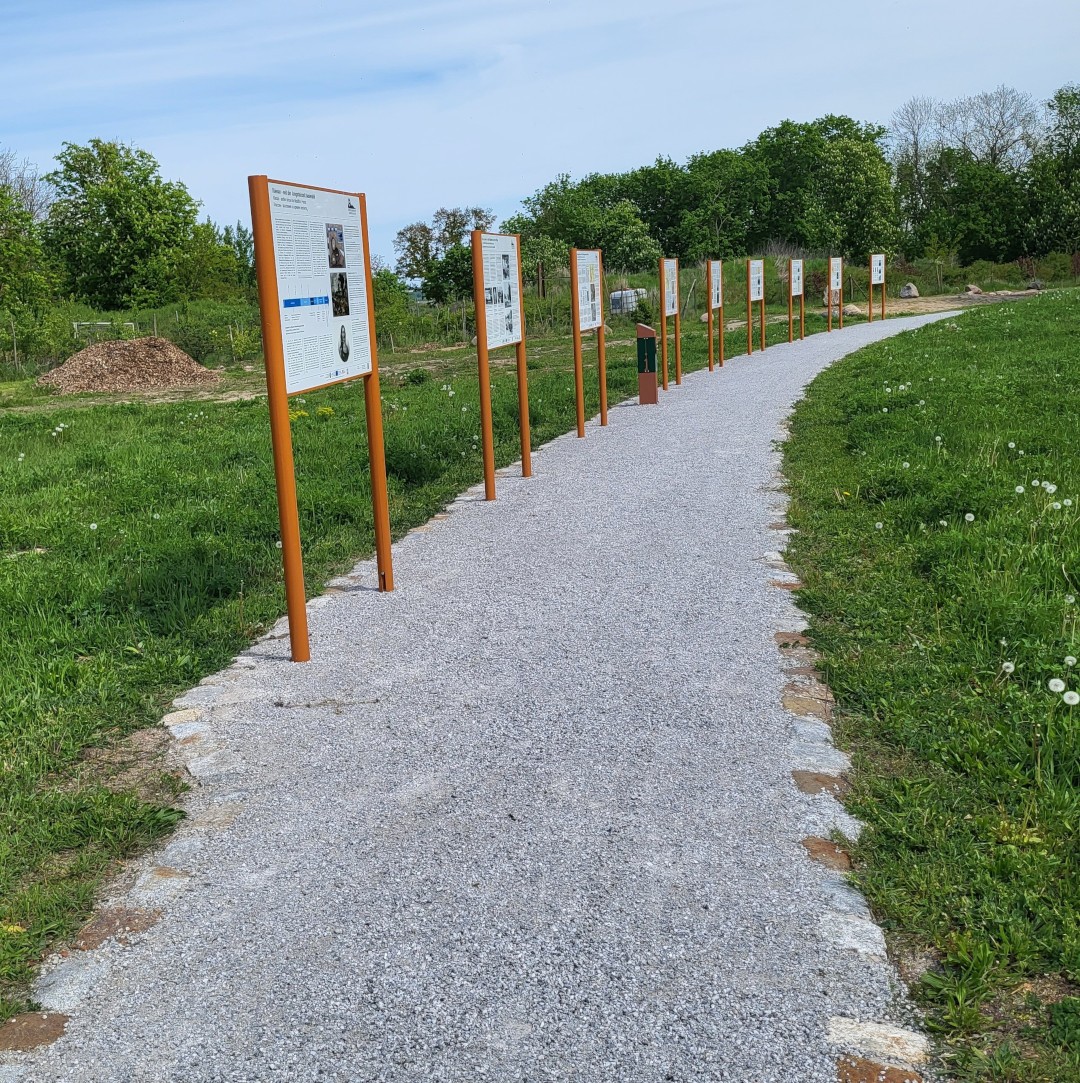On 2 February 1945, the Soviet army crossed the frozen Oder and marched into Reitwein. They entrenched themselves below Wuhden and Klessin. German army units were assembled and sent to the Oder, while the civilian population fled in the days that followed.
A bitter fight for the small villages of Wuhden and Klessin began, in which both sides suffered heavy losses. Wuhden fell at the end of February. The Soviet Army increased the pressure on Klessin from three sides (north, east and south). The German soldiers in the Klessin base were trapped. During the night of 23 to 24 March, the men who were still mobile broke through the Soviet lines towards Podelzig. Klessin fell into Soviet hands. In total, over 62,000 shells were fired at the Klessin area. The village of Podelzig was not taken by the Soviet army until 16 April 1945, when it was part of their major offensive, and was subsequently uninhabitable.
When the civilian population returned in mid-May, they were confronted with unimaginable chaos. Houses had been razed to the ground, fields were mined and criss-crossed with trenches. Dead soldiers lay everywhere, unable to be buried and instead having to be buried in trenches and bomb craters. In addition, in September 1945, manors and large landowners were expropriated by the land reform in the Soviet occupation zone. Afterwards, those who had been expropriated had to leave the district of Lebus and were not allowed to resettle within a radius of 200 kilometres.
The devastated site of the manor house, contaminated by explosives, lay fallow for 65 years and became a rubbish dump. The dead soldiers still lay under the mountains of rubble and rubbish. From 1995 to 2015, the most important task in Klessin was the search for the remains of the fallen on both sides. Since 2008, the Association for the Recovery of Fallen Soldiers in Eastern Europe (VBGO) has been helping with this, and over 90 soldiers have been solemnly buried in the military cemetery in Wuhden.
Today, the ‘Klessin Castle 1945 Theatre of War’ is a peaceful place of remembrance and encounter, built, maintained and supported by members of the Wuhden Heritage Society and many volunteers from the region, companies, institutions, funding agencies and donors. A circular trail with information boards, acoustic steles and metal sculptures, as well as original shell holes and trenches, commemorates the events of the war. The memorial was officially inaugurated on 5 May 2023 and has been open to the public ever since.
Podelzig - Klessiner Straße, Podelzigg, 15326
+49157-77827534 / heimatverein-wuhden@web.de
